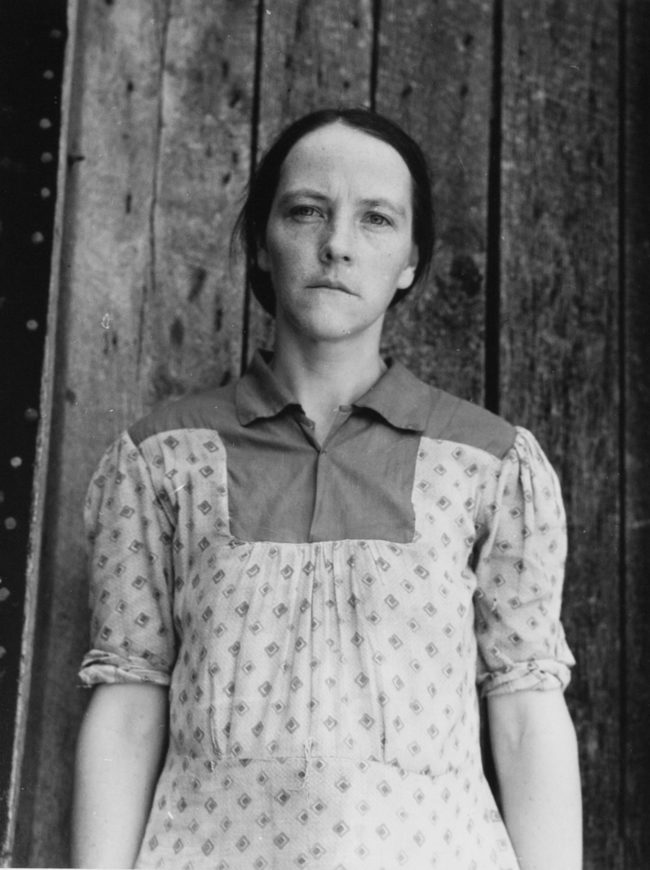The Dust Bowl
Beginning in 1934, states in the Great Plains were hit with severe drought, causing soil erosion and creating a series of massive dust storms. Combined with the financial crisis of the Great Depression, the Dust Bowl uprooted thousands of small farmers, many of whom headed west in search of a better life. Dorothea Lange and her husband Paul Taylor, a social scientist from UC Berkeley, were hired by the State of California to document the plight of these Dust Bowl refugees. Together they hit the road with camera and notebook. The photographs Lange made soon caught the attention of the federal government, which was forming a new agency, the Farm Security Administration (FSA). The FSA was one of president Roosevelt’s New Deal programs designed to provide relief to migrant refugees. Lange worked off and on for the FSA for the next several years, producing some of her best known work.
I stopped at a gas station to get some gas, and there was a car full of people, a family there. . . They said, ‘We’ve been blown out.’ . . . They told me about the dust storm.















